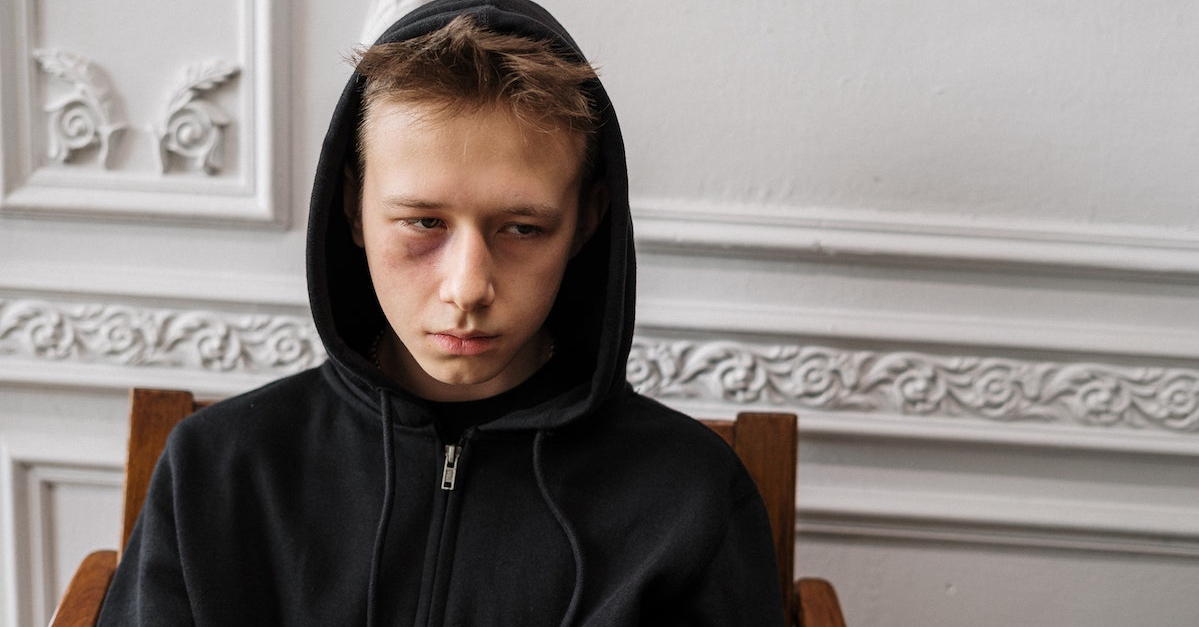John F. Kennedy, the 35th President of The United States, once famously said that “The future promise of any nation can be directly measured by the present prospects of its youth.” (Harvard Kennedy School)
JFK was far from the first, and far from the last person to wax philosophical about the hope and promise for the future represented in the youth. But even so, our nation still does far too little to support the hopes and present prospects of our youth. Childhood and adolescence are particularly vulnerable periods in one’s emotional development.
If a person lacks adequate support systems during this vulnerable time, it can have adverse ripple effects on their mental health that could permeate well into adulthood. To paraphrase a notable quote from psychiatrist and author Bessel Van Der Kolk’s book “The Body Keeps The Score,” traumas and emotional stressors can force people to “chronically feel unsafe inside their bodies.”
Far too often, young people in America are made to feel chronically unsafe by emotional stressors in life, with far too few affordable, accessible therapy resources around to help them process these difficult emotions. Unfortunately, recent societal issues, such as the ongoing COVID-19 crisis, have only exacerbated the mental health struggles experienced by young people in America and around the world.
Let’s delve into the scope of the problem, as well as what can be done to ameliorate it.
Is Youth Mental Health A Social Issue?
Without question. Worsening youth mental health is a public health issue that deserves far more attention, support, and consideration than it is receiving right now. A number of recent reports and youth mental health statistics point toward a collective rise in issues pertaining to depression, anxiety, PTSD, and other mental health concerns impacting the lives of young people around the world.
For instance:
- In a recent 2021-22 survey covered by Axios, 36% of responding school administrators in suburban and urban areas have reported that their student’s mental health has gotten worse. Furthermore, a staggering 55 percent of school administrators responding from rural areas reported seeing their student’s mental health worsen.
- A survey conducted by the Australian mental health nonprofit Headspace (not to be confused with the meditation app provider of the same name) found that 62% of regional youths reported feelings of isolation and loneliness. (ABC News AU)
- The University of Cambridge and the University of Exeter, in a peer review of 51 studies, found that the demand for youth mental health services in the UK increased exponentially in the wake of the COVID-19 pandemic.
- A report on state-level data released by The Trevor Project found that LGBTQ youth faced a greater risk of discrimination and structural barriers preventing them from receiving the mental healthcare they sought out, as well as a greater risk of suffering from suicidal ideation as a result.
- California Governor Gavin Newsom recently unveiled an unprecedented $480.5 million in grant funding for state youth mental health services. While that’s a great local step, more funding for mental health resources across the country should still be a key priority.
- According to Nomi Health data reported by Healio, the cost of youth telehealth therapy services surged astronomically over the course of the pandemic. It had surged an unfathomable 20,250% since 2019, the youth suicide rate rose 55% from 2019 to 2021, and the rates of youth anxiety, depression, and PTSD rose 12% overall.
- The numbers effectively speak for themselves. Mental health issues affecting young people deserve far more attention, time, and care than they’re currently receiving right now, especially now more than ever in times of great global crises, from climate change, to ongoing pandemics, to economic issues, as well as widespread respiratory illnesses running rampant.
Youth Mental Health In The Time Of COVID-19
Young people were already experiencing greater mental health difficulties than older generations prior to the COVID-19 pandemic, but the Center For Disease Control’s first ever nationally-representative survey of adolescents in America paints an exceptionally grim picture. Among the most troubling findings they discerned about the worsening state of young people’s mental health states include troubling revelations like:
- More than 1/4th of responding high school students (29%) reported that at least one parent or guardian ended up losing their job.
- Over 1/3rd (36%) of students reported experiencing racism before or during the COVID-19 pandemic. Discrimination has been linked as a risk factor to poorer mental health and exacerbating overall health risks.
- Likewise, LGBTQIA+ adolescents also reported a greater risk of poor mental health exacerbated by systemic issues, facing emotional abuse from a parent or guardian, and a heightened risk of contemplating or attempting suicide.
- More than half of all responding students (over 55%) reported experiencing emotional abuse from a parent or guardian in their household.
- In 2021, roughly 37% of responding high school students reported experiencing poor mental health during the height of the pandemic, and about 44% reported persistent feelings of sadness and hopelessness.
- Significant mental health disparities exist between high school students and adolescents who felt strong connectedness with the peers and adults in their lives versus those who didn’t feel a healthy sense of emotional connectedness.
The disparities highlighted in this CDC analysis are profound. People who reported feeling that sense of community were significantly less likely to report feeling persistent sadness and hopelessness (35% compared to 53%), feelings of suicidal ideation, or to report having attempted suicide (6% vs 12%).
The conclusions are clear: young people with a healthy level of community, solidarity, and emotional support are much more likely to fare better mentally. Unfortunately, much more work still has to be done to foster this equitable, healthy sense of community across the board: just under half of the young people surveyed (47%) reported feeling close to their peers at school over the course of the pandemic.
Unfortunately, we aren’t totally out of the pandemic woods just yet, with some health experts fearing that rising case surges in certain areas could exacerbate the risk of a new variant developing (Associated Press). But if you’re struggling right now, we would like to reaffirm that you’re far from alone in those struggles. Even if local mental health services in your area are underserved and underfunded, remote online therapy services can offer you accessible, affordable care from the comfort and safety of your own home.
Youth Mental Health Resources
Talkspace offers teen counseling services for users aged 13-17, pairing them with a licensed online therapist who specializes in treating adolescents and youth. You can sign up for $100 off the first month of their services by signing up with the code “RELIEFSEEKER”.
You can read our review to learn more about the provider prior to signing up, and even if you don’t feel they’re right for you, we’d still recommend taking a look at our database of online therapy providers, to get a better feel for what your best options would be. We would also recommend referring to our guide on crisis resources like the 988 help line in case you ever need them, and of course, to consider contacting them if you are ever in immediate crisis.
Even if you feel lonely in your struggles, you don’t have to be alone through them.


